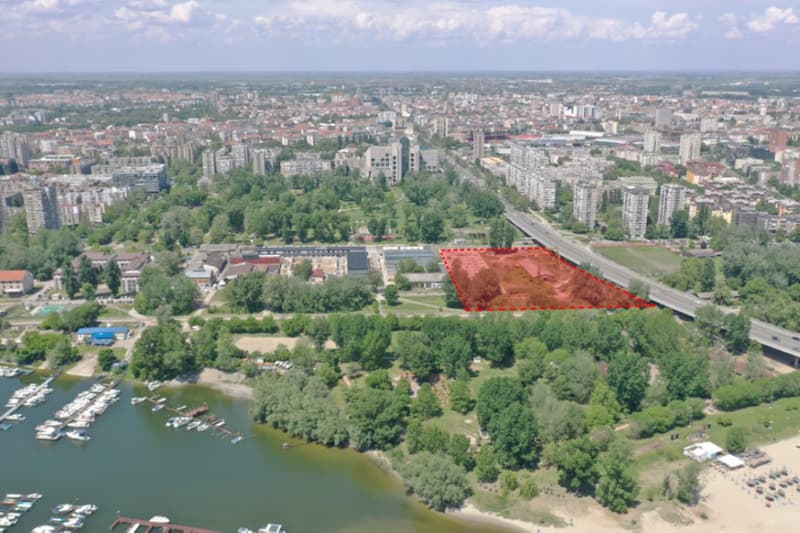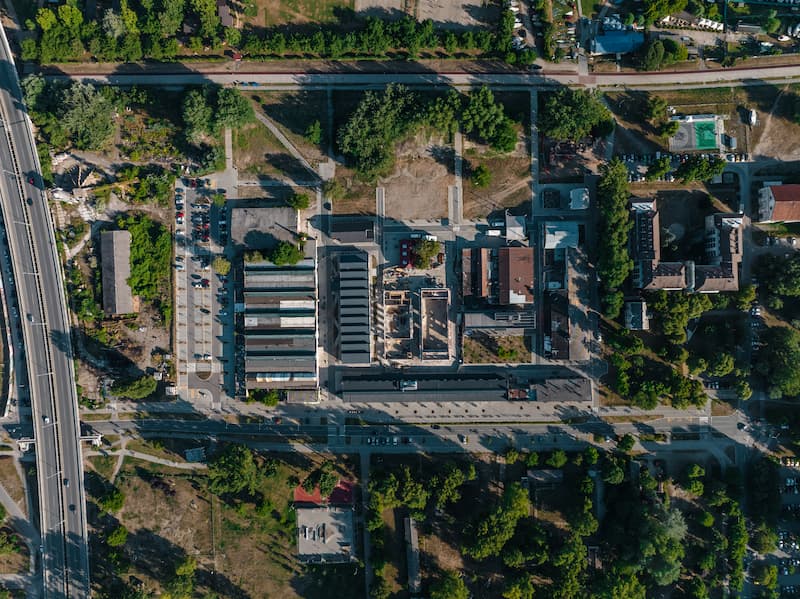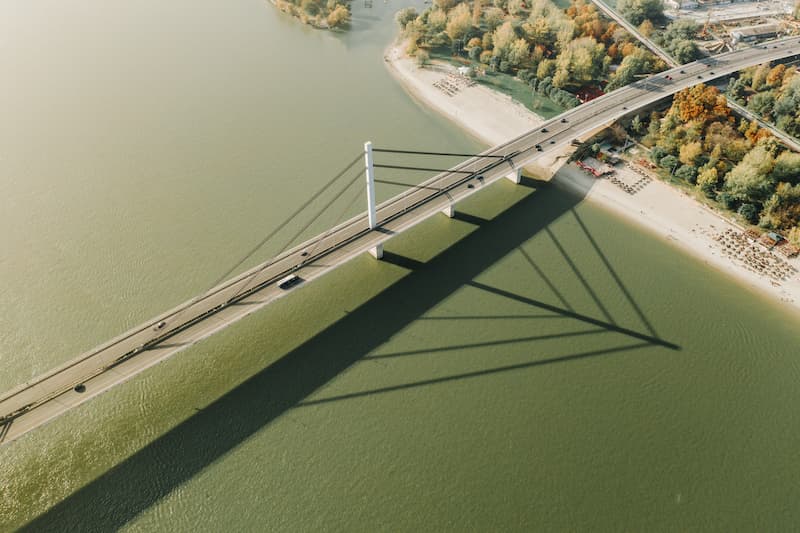The memorial centre dedicated to the victims of the terrible pogrom that changed the image of Novi Sad and the surrounding areas 80 years ago – the Raid in 1942, will be built in the Great Liman area, next to the District, which is why an urban planning and architectural open call for architects and landscape architects who can apply with their conceptual solutions until 24 November of this year was announced yesterday. This open call is the most important memorial project of the City of Novi Sad and South Bačka in recent history, which after the ECoC title year will receive a centre for remembrance of the victims of this unfortunate event that took place on the icy Danube.

As part of the framework of the previous programme arch, Fortress of Peace, the European Capital of Culture dealt with the causes and consequences of war conflicts and the search for a culture of peace through socially engaged art, and many projects and programmes (panels, workshops, and exhibitions) were presented in the renovated District in the area of the former Great Liman. It prompted us to face the past and helped develop a new attitude towards the culture of memory and honouring the victims of wars, and it was thanks to the Fortress of Peace programme that the idea of the Memorial Centre in Novi Sad, a city that will once again prove that it is the capital of culture (remembrance) came about.
A Permanent Bequest to the City
The Memorial Centre for those killed in the Raid will remain in Novi Sad as a permanent legacy to the people of Novi Sad and the visitors of this city, which, thanks to the ‘Novi Sad – European Capital of Culture’ Foundation, will provide additional importance and value to the renewed District. At the very entrance to the city via the Liberty Bridge, visitors to Novi Sad will be attracted not only by the District, the former factories for the production of tools that have been transformed into new places for the ‘production’ of culture but also by the Memorial Centre as a landmark of national and international importance, a place of honour for remembering these victims and their suffering.

When we talk about the context of the location in which the Memorial Centre will be located, Ana Stankov, the project coordinator and architect from Novi Sad, believes that ‘it is extremely important to note that the mass murders of citizens on the banks of the Danube in January 1942 took place in the immediate vicinity, and nowadays we honour the anniversary of the Pogrom, so the construction of the Memorial Centre further establishes the identity and history of this place in the city’s memory.’
A Culture of Remembrance is Important
Was it the perpetrators, who named it so to cover up their crime, or we, who even today take it lightly without thinking deeply about its meaning?’ Can this superficiality also be seen as a denial of the Holocaust on the soil of Europe? Instead of scratching the surface with true, often personal, and poignant stories, we want to sink deeper into the dark currents of Novi Sad and European suffering,’ – Milenković pointed out.

The realisation of the Memorial Centre construction project represents a huge step in building a culture of remembrance as well as a contribution to the emancipation of our view of the past from communist dogmas that hid the true essence of this mass war crime for a long time, according to Petar Đurđev, the director of the Historical Archives of Novi Sad. ‘For a long time, the victims of this terrible pogrom were seen as victims of fascism during the People’s Liberation War. The real truth is that the victims were civilian non-combatants who suffered solely because of their religious and national affiliation. Remembrance of this crime is above all an obligation of today’s generation, because if it were to be forgotten, then one of the goals of the criminals – to hide every trace of the victims – would certainly be fulfilled’.
The Icy Experience of the Cold Room
The memorial park, which will be raised in the area where the ‘Mostogradnja’ company equipment was located for the past several decades, will extend over an area of 1.1 hectares, and it will contain this centre’s facilities, whose permanent exhibition will extend over 500 square meters. Within this permanent arrangement, the so-called ‘Cold Room’ is planned, a spatial art installation that will simulate the physical properties of the external environment of January 1942. Visitors will have the opportunity to feel the temperature and airflow, as well as the sounds that the victims experienced at the time. In the Memorial Centre park, a designated area will be available for lighting candles and commemorating the victims.
Witnessing this crime by building the Memorial centre will help us try to heal the severe wounds suffered in Novi Sad, and humanity will receive another warning about what totalitarian systems and pro-Nazi and fascist ideologies can bring as a final result.
Author: Marina Marić
Photo: Promo, Jelena Ivanović







